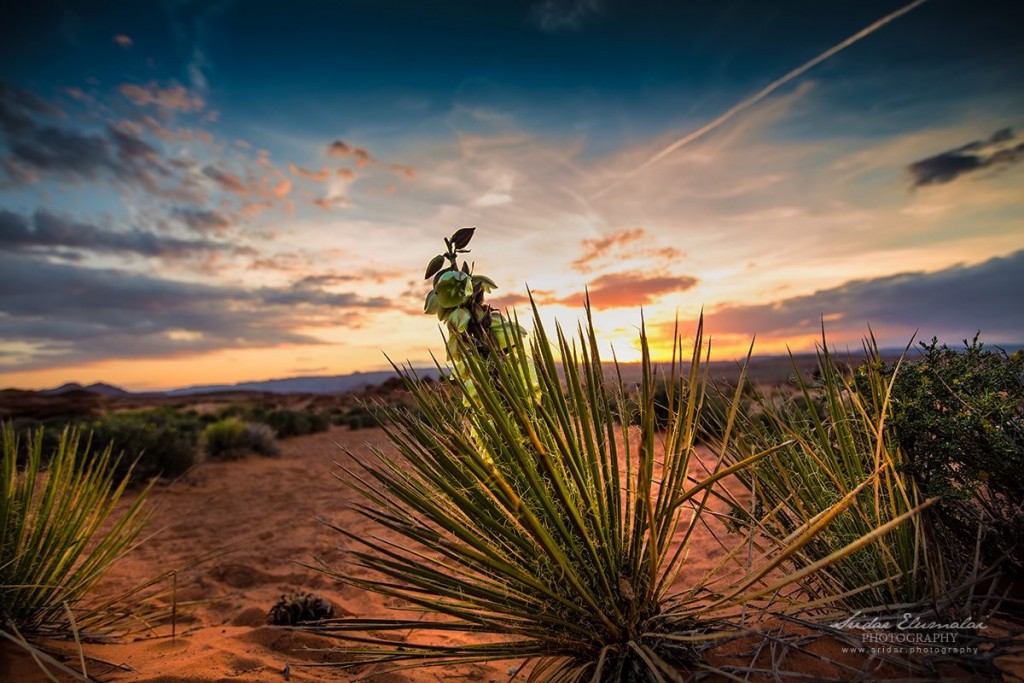This picture is shot in the biggest attraction in America, the spectacular Grand Canyon. This incredible landscape, carved out by the Colorado River, reveals the power of nature and and the wonder it can create. The canyon walls glow a variety of colors in the late afternoon sun, with hues of orange, red, yellow, and everything in between. Most visitors see the canyon, but there are numerous things we miss…. Every single inch in this landscape is stunning.
Grand Canyon National Park contains 129 vegetation communities, and the composition and distribution of plant species is influenced by climate, geomorphology and geology.
This plant is called scientifically Agave phillipsiana. A rare plant, probably an ancient cultivar, historically occurring only in four remote locations near the Colorado River in north Arizona, within Grand Canyon National Park; it is thought these sites were once farmed by the native inhabitants of this region. This species is most similar to agave palmeri, so could be derived from it. In recent years a few other specimens have been reported from the Verde Valley and the Tonto Basin in central Arizona, though for most people the only place to see this plant is in collections such as the Desert Botanical Garden in Phoenix. Leaves are long (up to 30 inches) and narrow (3 to 4 inches), grey-green in color, concave on the upper surface towards the tip, and convex below towards the base. The thin, rather brittle edge teeth are between half and one inch apart.
The park recommends slip-on type shoe traction devices, while walking on trails and pathways. Its always fun to walk in the desert and wait for the sun to set.
I love you….Agave..Its my desktop picture.







Amazing play with light. I am very interested in knowing the post processing on how to bring about the best in a picture.
It’s a HDR image. 3 images shot in 3 different exposures and post processed
HDR is beyond my circle of knowledge for now. I would like to understand the power of HDR (When best to be used etc) once it is scheduled as a theme this year 🙂
It’s pretty easy concept Sunder Rajan. It’s like transparent onion ring. We create each layer with different textures and present it. We can cover HDR separately. Bala Murali knows a lot than me.